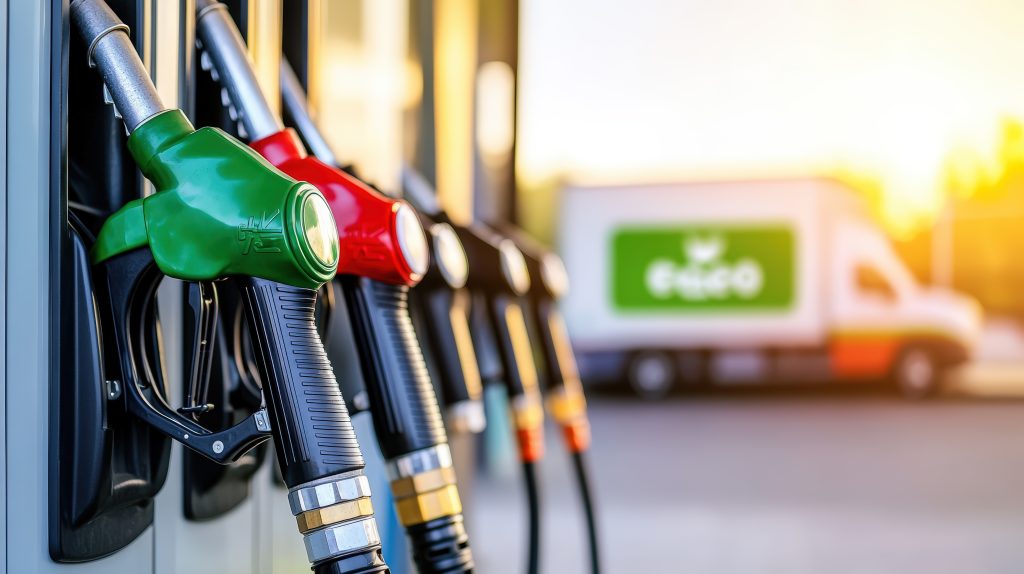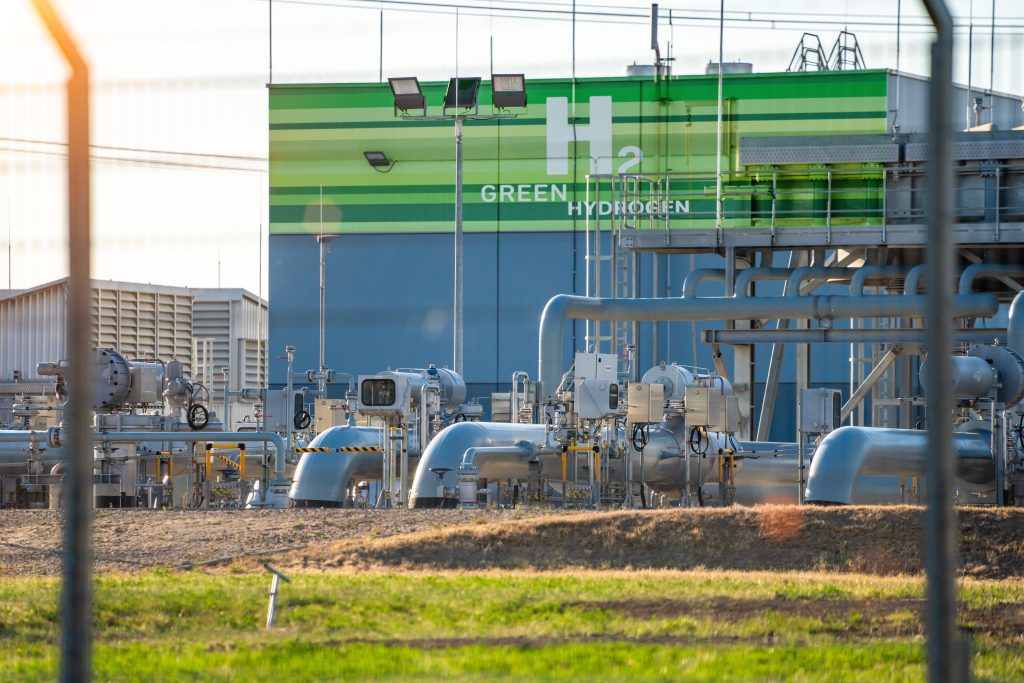45z clean fuel credits implications for business

The 45Z clean fuel credit: What it means for US businesses
As sustainability becomes an increasingly important focus of modern business strategy, incentives like the US Section 45Z Clean Fuel Production Credit are driving rapid change across the US transportation fuels sector. This new tax credit is set to transform how American producers invest in, manufacture, and market low-carbon transportation fuels, opening up significant opportunities for forward-thinking businesses.
What is the 45Z clean fuel credit?
Section 45Z, introduced in the Inflation Reduction Act, establishes a federal tax incentive aimed at accelerating the production and sale of domestically produced clean transportation fuels, from renewable natural gas to sustainable aviation fuel (SAF).
The program replaces a range of former credits for alternative fuels and biofuels, concentrating on rewarding producers who achieve quantifiable lifecycle carbon reductions. Unlike its predecessor credits, 45Z prioritizes deep emissions cuts by requiring thorough measurement and verification using government-approved models.

Eligibility for the 45Z clean fuel credit
To benefit from the incentive, there are strict eligibility requirements for businesses:
- Qualified facility in the United States
The fuel must be manufactured at a qualified facility located in the US. Ownership of the facility is not the deciding factor. Eligibility is based on the party that produces the fuel, meaning blenders or resellers are typically excluded.
- Registration with the IRS
Producers must register as clean fuel producers with the IRS by submitting Form 637. If you don’t register, you can’t apply, and significant penalties may apply for non-compliance.
- Clean “transportation fuel” definition
The fuel must qualify as a “transportation fuel” under 45Z, meaning it is suitable for use in a highway vehicle or aircraft.
- Lifecycle emissions measurement
Lifecycle greenhouse gas (GHG) emissions for each fuel type must be determined using government-approved methodologies. The Argonne GREET model is mandated for most transportation fuels, while the CORSIA framework (or similar) applies to sustainable aviation fuel. Verification is key: only fuels with lifecycle GHG emissions of no more than 50kg CO2e per million BTU qualify.
- Applicable timeframe
The credit applies only to fuel produced after December 31, 2024, and sold before January 1, 2028. This covers fuel produced in calendar years 2025, 2026, and 2027.
- Prevailing wage and apprenticeship (PWA) requirements
While not strictly an “eligibility” requirement, meeting PWA labor standards is required to receive the full credit rate. By default, the credit’s base amount is $0.20 per gallon for vehicle fuels (or $0.35 for SAF). But these increase substantially (up to a fivefold boost) if the facility meets PWA requirements.
- Exclusion from stacking with certain other credits
Fuel earning 45Z credits cannot simultaneously earn tax credits for clean hydrogen or carbon capture and sequestration (such as 45Q or 45V). This aims to prevent businesses double counting or “stacking” federal incentives.

Key benefits for businesses
The Section 45Z clean fuel credit offers considerable financial and strategic advantages for businesses operating in this sector. One of its most compelling features is the sliding scale of incentive for facilities that meet federally required wage and apprenticeship standards. This is designed to reward innovation in emissions reduction, enabling businesses to capture even greater financial benefits by investing in cleaner feedstocks, process efficiencies, and renewable energy use.
Another key benefit is that the credit amounts are indexed to inflation. This provides businesses with valuable predictability when planning investments and budgeting for future projects. Companies that qualify for the 45Z credit not only lower their federal tax burden, but also position their products to be more price-competitive, while demonstrating their commitment to sustainability.
Ultimately, the Section 45Z incentive supports a broader transition to low-carbon supply chains by making long-term investments in cleaner processes more attractive and financially feasible. Businesses prepared to navigate the technical requirements can leverage these credits to achieve both economic and environmental leadership in the fast-growing green energy economy.
How Peterson Solutions can help
Navigating the 45Z clean fuel credit’s technical requirements and maximizing credit value is not straightforward. Peterson Solutions offers holistic support for fuel producers of all sizes, from facility assessment to lifecycle analysis and application preparation.
Key areas of our support include:
- Eligibility assessments: our specialists can analyze both facilities and feedstock-to-fuel pathways to verify alignment with IRS regulations and eligibility for 45Z.
- Lifecycle emissions calculations: our team can conduct lifecycle GHG evaluations using the Argonne GREET model or CORSIA frameworks, as applicable, helping businesses meet strict verification standards.
- Application strategy and support: we can also assist in gathering documentation, preparing submissions, and optimizing the credit claim
Fit for the future
The Section 45Z clean fuel credit establishes a new gold standard for incentivizing the domestic production of cleaner, low-carbon transportation fuels in the U.S. Businesses that prepare early – by understanding the requirements and leveraging specialized support from partners like Peterson Solutions – can position themselves to thrive in a greener energy economy, while benefitting from substantial financial returns.
This article is current as of July 2025. For the latest guidance and eligibility details, contact us for a tailored assessment.

How can we support you?
Do you have any question regarding your sustainability challenges, certification implementation or another question? Let us know! We will be glad to help.
